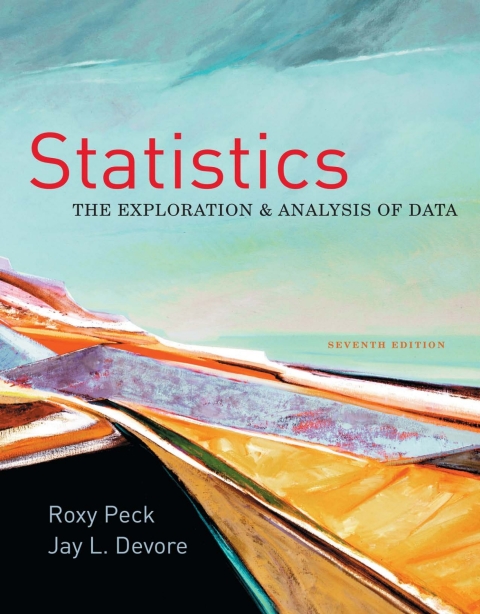As part of a study to determine the effects of allowing the use of credit cards for
Question:
As part of a study to determine the effects of allowing the use of credit cards for alcohol purchases in Canada (see “Changes in Alcohol Consumption Patterns Following the Introduction of Credit Cards in Ontario Liquor Stores,” Journal of Studies on Alcohol
[1999]: 378– 382), randomly selected individuals were given a questionnaire asking them (among other things)
how many drinks they had consumed during the previous week. A year later (after liquor stores started accepting credit cards for purchases), these same individuals were again asked how many drinks they had consumed in the previous week. The data shown are consistent with summary statistics presented in the article.
n 1994 Mean 1995 Mean xd sd Credit-Card Shoppers 96 6.72 6.34 .38 5.52 Non-Credit-
Card Shoppers 850 4.09 3.97 .12 4.58
a. The standard deviations of the differences were quite large. Explain how this could be the case.
b. Calculate a 95% confidence interval for the mean difference in drink consumption for credit-card shoppers between 1994 and 1995. Is there evidence that the mean number of drinks decreased?
c. Test the hypothesis that there was no change in the mean number of drinks between 1994 and 1995 for the non-credit-card shoppers. Be sure to calculate and interpret the P-value for this test.
Step by Step Answer:

Statistics The Exploration And Analysis Of Data
ISBN: 9781133171744
007th Edition
Authors: Roxy Peck, Ay L Devore






